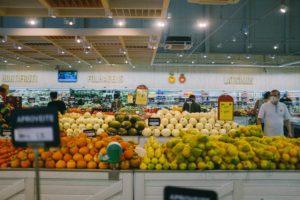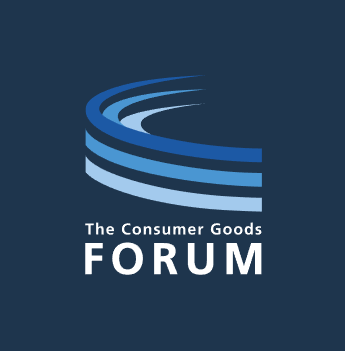Food Fraud: Impact of Counterfeits on Consumers' Safety & Brand Reputation
by Daniel Shapiro VP of Brand Relationships
With over 30% of shoppers saying they will shift at least some of their spending away from brick-and-mortar stores towards e-commerce, consumers are showing increased trust in online shopping for their groceries. In fact, the recent spike in consumer demand for fresh and frozen food in the e-commerce channel is expected to climb from nearly $35 billion to more than $250 billion by 2025.
However, this also means that over a short period of time, many people have had to get used to grocery shopping online, some with little to no experience. This has opened the floodgates for bad actors misleading consumers into buying copies of popular foods online. This is also known as food fraud.
What is food fraud?
Food fraud is one of the biggest problems that have taken place in the food industry in recent years. There are 3 main types of food fraud:
- Substitution is when a fraudulent trader mixes cheap low-quality materials into their products to increase their profit margins.
- Tampering is when either chemicals or dangerous toxins are added to a product.
- Counterfeiting is when products are passed off as another product for economic gain or unethical purposes.
A study conducted by the University of California found that a staggering 69% of all store-bought extra virgin oils in the U.S. were probably fake. The study surveyed oils at grocery stores, natural foods markets, and restaurants, and tested several bottles of olive oil from well-known brands. Out of those samples, the majority failed to meet international standards for extra virgin olive oil.
Meanwhile, in the United Kingdom, the horsemeat scandal was one of the biggest to hit the food industry in recent years and what’s become known as the “horsemeat saga”. It involved meat processors, supermarkets, government inspectors, and food watchdogs.
These are only one of many examples of large-scale food fraud scandals that have made headlines in recent years.
Why is food fraud a growing problem?
Counterfeiting food and beverage products is a problem that has grown as low-cost production and global distribution opened the door to unscrupulous manufacturers. Complaints and products seized by authorities show the scale of the problem – with consumers unwittingly paying for cheap imitations, but receiving less than they bargained for, sometimes putting their health at risk.
Although counterfeiting has always been a global issue, it’s now at a record high. What’s worse is that counterfeiters are using high-tech, customised machinery to produce top-quality goods, which are extremely difficult to tell apart from genuine articles.
How food fraud impacts consumers?
Food fraud has a disastrous impact on consumers and the food suppliers and processors involved. It can pose a health risk if unidentified allergens or hazardous materials are added to food products.
When it comes to food safety, there’s no getting away from the fact that consumers are becoming increasingly aware of the risks associated with eating foods that have been fraudulently marketed or have fallen below regulatory standards.
How food fraud impact brands?
Beyond the serious health & safety concerns related to food fraud, why is it such a big problem for brands?
In a survey on CPG (Consumer Packaged Goods) industry & counterfeits carried out by Red Points in 2021, 39% of respondents said they will no longer trust brands with fake products. Furthermore, 44% of respondents believed to have bought fake food in the past 12 months including fake alcohol, baked food, beverages, pet food, prepared meals, or processed food.
With 58% of customers saying brands need to do more to protect consumers from fake CPG, it’s vital that businesses are able to react effectively if consumers become suspicious of their food products. If not, they could face an uphill struggle to regain the trust of customers in the future.
Preventing food fraud
There’s no silver bullet to prevent food, so an effective food fraud prevention programme should include a combination of approaches. Here are 4 preemptive actions brands can take to bolster or kick-start their food prevention initiatives.
- Supplier risk and vulnerability assessments are one of the elements of a successful fraud prevention strategy. As part of a risk analysis, you will identify your partners and assess the level of vulnerability associated with the orders placed through them. This information can help you determine where to place more focus and monitor activities on. Watch this short video tutorial to get started.
- Supplier relationships are a cornerstone of your business. Supply chain security is a challenge for most businesses and government agencies, so effective supplier management is crucial to the integrity of operations, brand reputation, and security.
- Leverage the HACCP (Hazard Analysis & Critical Control Point) concept. HACCP is an important tool in risk analysis and has been extensively used to control food safety risks in Food Industries for the last half-century. With this tried-and-true quality food safety strategy, your organisation can eliminate or reduce the risks of contamination.
Ultimately, fake food with inferior quality and low production standards, produced by rogue traders are becoming increasingly more sophisticated in their methods. That’s why it’s so important to invest in solutions to proactively remove fraudulent online listings in order to protect consumers from bad actors in a timely manner. The right technology can detect fakes in a wide range of online channels and enforce your IP efficiently.



